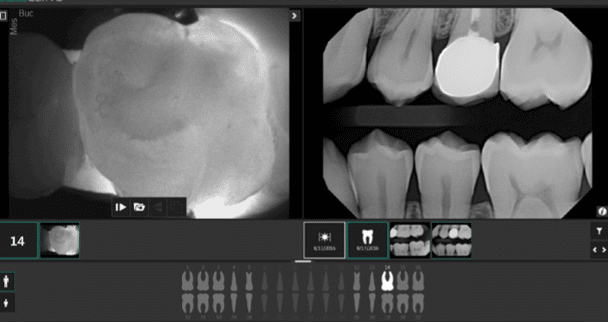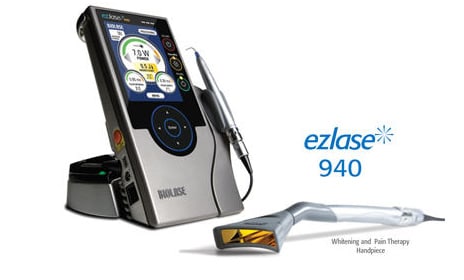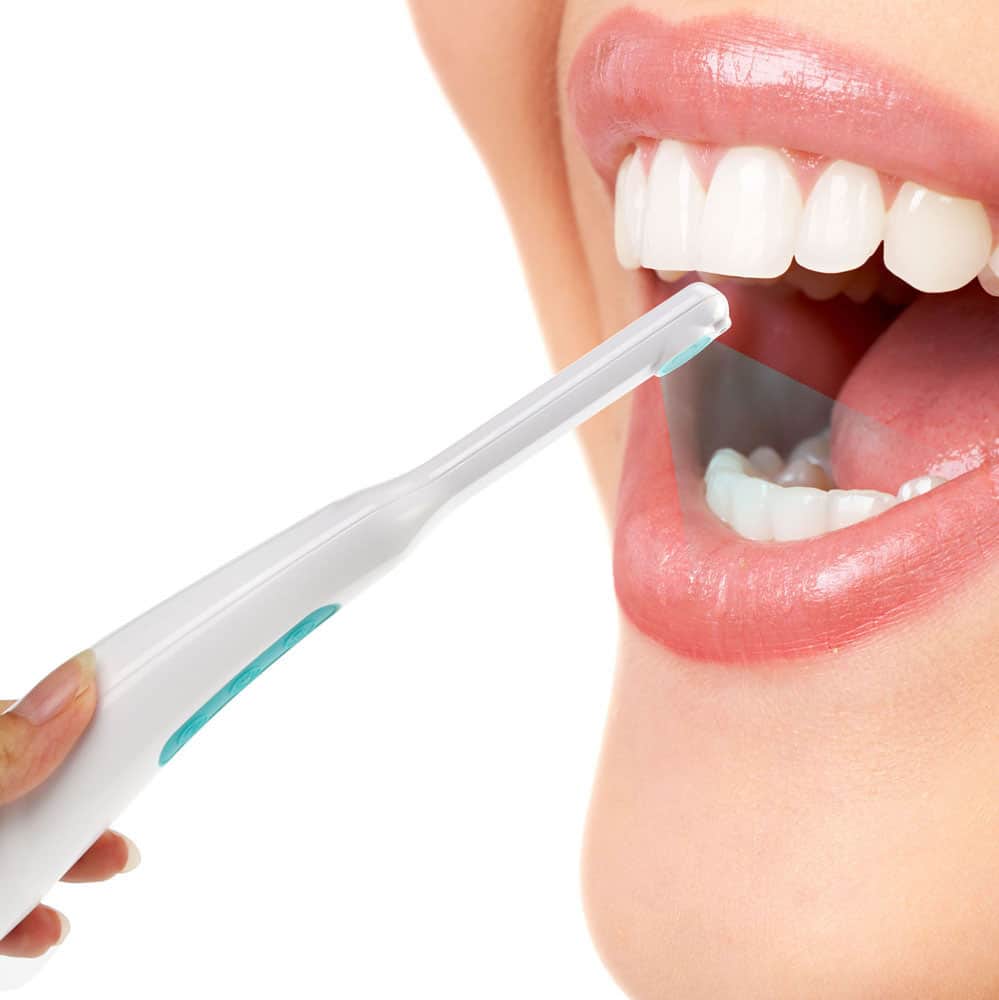Advanced Technology and Precision Dentistry
Complete Digital Treatment
Dr. Oshetski incorporates a 100% complete digital implant treatment from the beginning diagnostics until the teeth are replaced. You will experience the power and benefits of digital technology making your appointments shorter, more predictable, less often and an overall more affordable treatment.
Cone-Beam Computed Tomography (CBCT)
CBCT 3-dimensional radiography has revolutionized implant dentistry. Dr. Oshetski is at the forefront of this technology and one of the first offices to obtain powerful technology when it was first available to clinicians about a decade ago. We are proud to have a new Prexion Excelsior touting one of the highest resolutions and lowest radiation the industry. The detailed 3D imaging allows Dr. Oshetski to evaluate your existing bone, teeth, and root structure. It allows for highly accurate surgical procedures and advanced diagnostic capabilities. Dental Implant treatment is more conservative and accurate with the powerful 3-dimensional technology and its precise measurement tools.
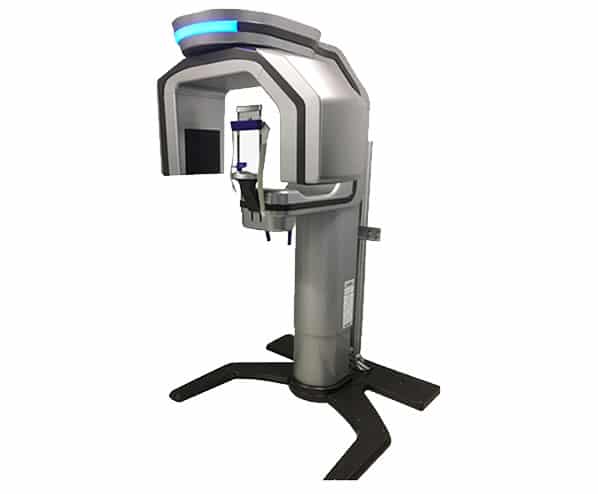
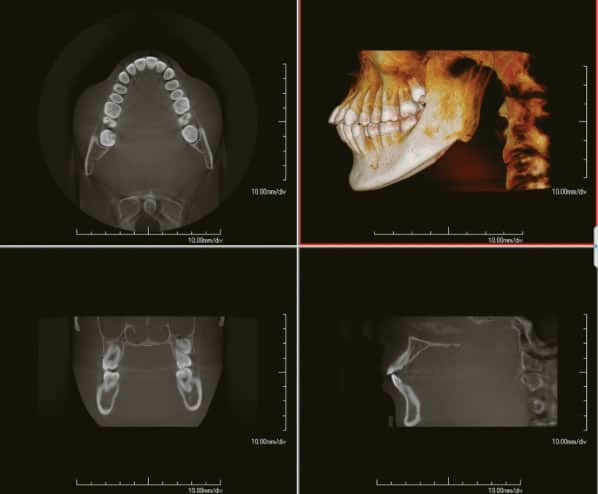
Intra-oral STL Scanning
Standard Tellessation Language, is a stereolithographic data file that measures the shape of teeth and gums.
This technology is used in implant dentistry to relate the existing or planned gum and tooth shape into advanced computer treatment planning. This file can be combined with CBCT imaging and photos to create a virtual patient. It is also used to scan implants for creation of the implant tooth or teeth in cad-cam technology.
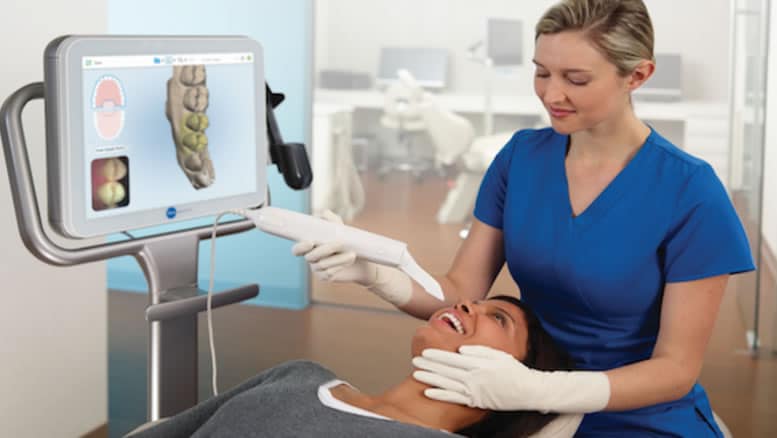
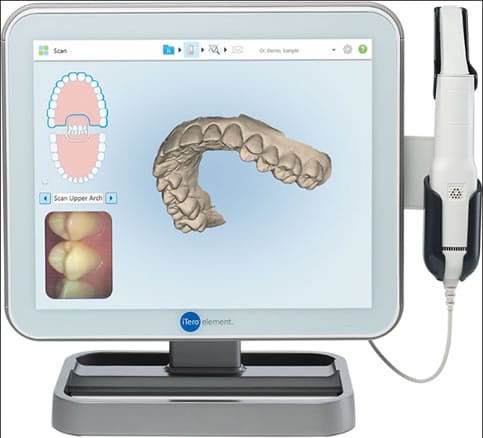
Digital Occlusal Technology (Tekscan)
In order to solve TMJ/TMD problems and ensure that your bite is accurate and healthy, we incorporate digital occlusal technology by Tekscan. No other technology or technique is more accurate than this in measuring the timing and intensity of your bite. Typical bite papers used by dentists are no longer considered adequate for solving TMJ/TMD problems. For more information on this technology visit Tekscan.
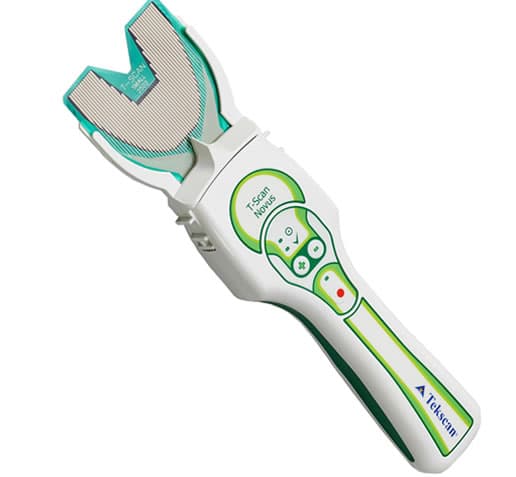
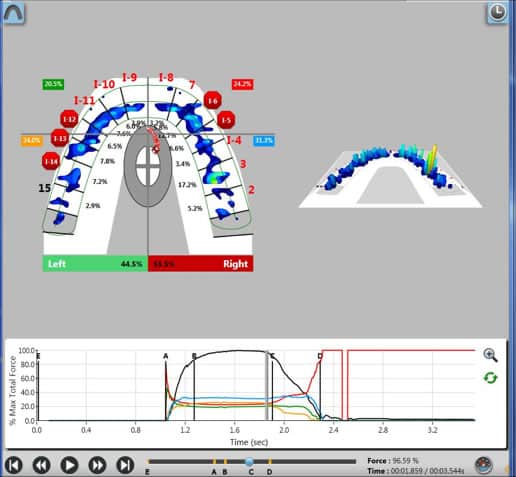
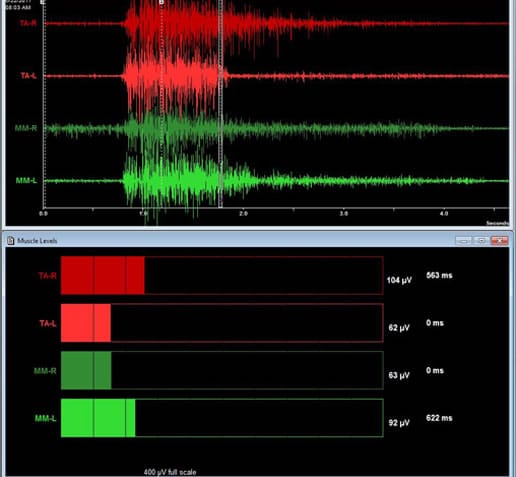
Digital Imaging
Dr. Oshetski chooses carefully which and when radiographs are taken. There are many guidelines that we follow. Radiographs allow us to see everything we cannot see with our own eyes. Radiographs enable us to detect cavities in between your teeth, determine bone level, and analyze the health of your bone. We can also examine the roots and nerves of teeth, diagnose lesions such as cysts or tumors, as well as assess damage when trauma occurs.
Computer Digital Radiography (CDR)
Dental X-rays can now be taken using sensors that transmit the image directly to a computer monitor. This larger, more accurate image helps the patient visualize and understand their condition and the doctor’s explanation with ease. In addition to its accuracy, this new technology reduces the amount of radiation by 90% when compared to conventional films. Digital X-rays are also faster and only takes a second to appear in the monitor. In addition, this new technology is friendly to the environment since no chemicals are needed for developing the image.
Laser Dentistry
Dental lasers are used to cosmetically contour gums, remove excessive gum tissue and treat pockets of infection during periodontal treatment. Lasers are safe, minimally invasive and are virtually painless during the procedure requiring little if any anesthetic agent.
Laser dentistry is one of dentistry’s latest advances. The laser delivers energy in the form of light. Depending on the intended result, this energy travels at different wavelengths and is absorbed by a “target.” In dentistry, these targets can be enamel, decay, gum tissue, or whitening enhancers. Each one absorbs a different wavelength of light while reflecting others. Laser dentistry can be used for both tooth and soft tissue related procedures. Oftentimes no local anesthesia is required.
Areas of dental care that benefit from laser technology:
- Cavity diagnosis and removal
- Curing, or hardening, bonding materials
- Whitening teeth
- Periodontal, or gum related, care
- Pediatric procedures
- Aphthous Ulcer treatment (canker sore)
- Frenectomy (tongue-tie release) without anesthesia or sutures
- Root canals and apicoectomies
- Crown lengthening, gingivectomy, and other gum corrections
Dental lasers have been shown to be safe and effective for treating both children and adults.
Intraoral Camera
Our intraoral camera uses a tiny fiber-optic wand to easily take vivid photographs of the inside of your mouth. This allows you to see what we see, and gain a better understanding of your dental health.
Many patients, especially younger patients, are very familiar with the latest technology and are comfortable with high tech practice. Computers and TV screens are their primary method of information processing.
Dr. Oshetski utilizes intraoral camera technology that helps enhance your understanding of your diagnosis. An intraoral camera is a very small camera – in some cases, just a few millimeters long. An intraoral camera allows our practice to view clear, precise images of your mouth, teeth, and gums, in order for us to accurately make a diagnosis. With clear, defined, enlarged images, you see details that may be missed by standard mirror examinations. This can mean faster diagnosis with less chair-time for you!
Intraoral cameras also enable our practice to save your images in our office computer to provide a permanent record of treatments. These images can be printed for you, other specialists, and your lab or insurance companies.
High Powered Magnification LED Loupes
Our practice uses high power led loupes to enhance the precision of patient care.
Dentistry is micro-surgery and you can’t fix what you can’t see. Using magnification that is similar to the one an ophthalmologist uses enables us to create dental restorations with incredibly precise fit and finish. You just can’t fulfill that level of care with the naked eye.
Electric Handpieces (drills)
Many dentists use air-driven “hand-pieces” (the dental term for “drills”). While acceptable for many procedures, these “whiney sounding” air-powered hand pieces all have a degree of non-concentricity; they do not rotate perfectly smoothly.
We use electric and laser hand-pieces. This results in extraordinarily precise interfaces between your tooth and your new restoration ( crown, veneer, or filling ). This will bring more comfort to you as well. With a more precise tool, there is less vibration, less noise and less trauma to the tooth and post-operative sensitivity.

